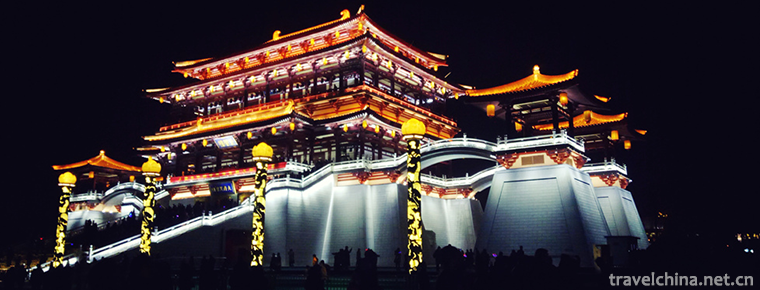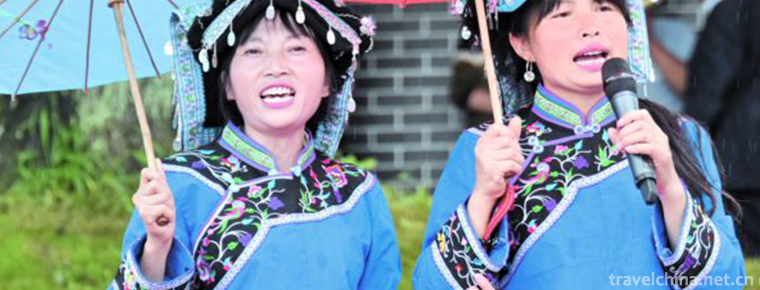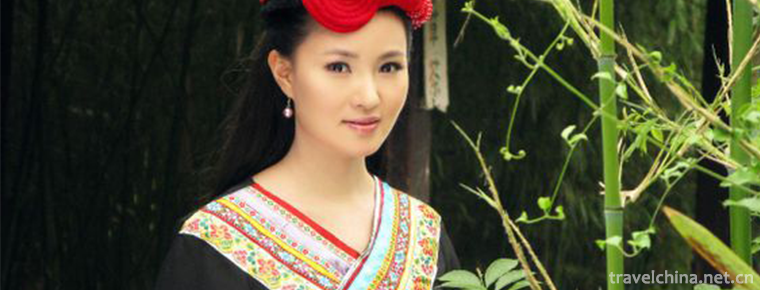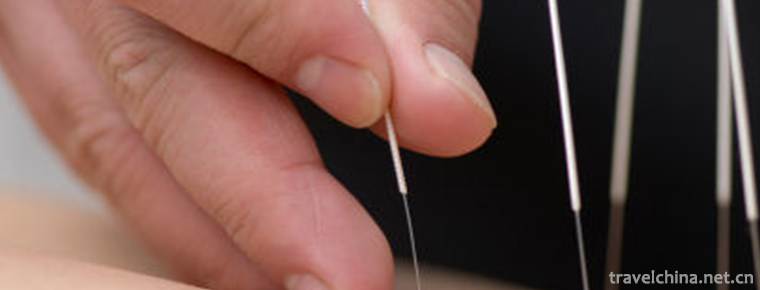Education in Luzhou
Education in Luzhou
overview
In 2017, the construction area of the completed school buildings in Luzhou city was 842500 square meters; 670 million yuan of tuition free, financial aid, and nutrition lunch program was arranged to subsidize students with financial difficulties from families, and 79747 students with financial difficulties from filing and card filing families were subsidized. The treatment of teachers was fully implemented, with emphasis on villages, teaching sites and areas with difficult conditions, and 94.7027 million rural teachers' living subsidies were implemented There are 22893 teachers who enjoy the subsidy and 1110 teachers' turnover dormitories.
By the end of 2017, there were 727 kindergartens in Luzhou, with 146100 children and 5415 full-time teachers. Among them, there are 253 kindergartens, 45208 children and 2322 full-time teachers. There are 140 public kindergartens in the city, with 69300 children and 1476 full-time teachers. Among them, there are 32 public kindergartens with 15020 children and 382 full-time teachers. 47300 kindergarten children's care and education fees in ethnic treatment counties were reduced, and 13000 poor families in non-ethnic areas were exempted.
As of the end of 2017, there were 223 primary schools in Luzhou, 697 primary schools, 19200 full-time teachers, 50500 students, 380800 primary school students and 75100 graduates. There are 190 junior middle schools with 12000 full-time teachers, 76300 students, 201200 students and 57900 graduates. There are 7 special education schools (schools for the blind, deaf and dumb), with 158 full-time teachers, 173 students, 980 students and 156 graduates. There are 3823 special education students in the city, including special education students in regular classes. At the stage of compulsory education, 582100 students were all exempted from tuition and miscellaneous expenses, textbook fees and homework expenses, and the living expenses of 62000 boarding students with financial difficulties were subsidized, and the subsidy amount was 47.37 million yuan. The consolidation rate of compulsory education was 92.77%, and the enrollment rate of junior high school graduates was 92.52%.
By the end of 2017, there were 26 Luzhou senior high schools with 5910 full-time teachers, 28600 students, and 26200 graduates. There are 22 secondary vocational education schools, with 20700 students, 16400 graduates and 2311 full-time teachers. The tuition fee of full-time secondary vocational school students is 77.08 million yuan, and the living expenses of 156 thousand full-time secondary vocational school students are subsidized, and the subsidy amount is 29.27 million yuan. The tuition fee of 25200 students with financial difficulties in ordinary senior high schools was exempted, with an amount of 11.37 million yuan; the living expenses of 26500 ordinary high school students with financial difficulties were subsidized with a subsidy of 39.45 million yuan.
As of the end of 2017, there were 6 general colleges and universities in Luzhou (one newly established in 2018), with 2345 full-time teachers, 17807 students, 63823 students and 23535 graduates. Among them, there are 600 graduate students, 1694 students and 508 graduates; 13954 full-time ordinary undergraduate (College) students, 47325 students and 13036 graduates; 3253 part-time undergraduate (College) students and 14804 students are enrolled in part-time undergraduate (Professional) education. There is one adult college (teaching point) in the city, with 50 full-time teachers, 1164 students enrolled, 1147 graduates and 4987 students in the college.
In 2017, 26500 people in Luzhou city participated in the general college entrance examination, 13038 undergraduate students were online, with an online rate of 49.2%; 4984 students were online for key undergraduate courses, with an online rate of 19.0%; 14100 people in Luzhou city participated in the adult college entrance examination, with 12000 students enrolled. In 2017, 12812 people signed up for the self-study examination. Among them, there were 1824 registered students and 26 graduated students for the social self-study examination in 2017.

Education in Luzhou
-
Mount Maoshan
Maoshan is located in Jurong City, Zhenjiang City, Jiangsu Province. It is about 10 kilometers long from north to south, 5 kilometers wide from east to west, and covers an area of more than 50 square
Views: 223 Time 2018-12-06 -
Heng Dian World Studios
Hengdian Film and Television City is a large-scale comprehensive tourist area which integrates film and television, tourism, vacation, leisure and sightseeing
Views: 464 Time 2018-12-07 -
Xiangshui lake the Great Wall
Xiangshui Lake is another unique and beautiful tourist attraction in the suburbs of Beijing. Located in the west of the Great Wall of Huairou Mutianyu
Views: 473 Time 2018-12-10 -
Dayan Pagoda Datang Furong Garden Scenic Area
The Furong Garden of the Tang Dynasty is located in Qujiang Development Zone in the south of Xi'an City, Shaanxi Province, on the southeast side of the Big Wild Goose Pagoda.
Views: 185 Time 2018-12-12 -
Guanmenshan National Forest Park
Guanmenshan National Forest Park is located 70 kilometers southeast of Benxi City. The Forest Park covers an area of 3517 hectares, with an altitude of 310-1234 meters and a forest coverage
Views: 182 Time 2018-12-24 -
Qianling Mountain Park
Qianling Mountain Park is a comprehensive tourist park, built in 1957, located in the northwest corner of Guiyang City. It is named Qianling Mountain because of its "first mountain in southern Gu
Views: 193 Time 2019-02-07 -
Xiaolangdi Yellow River Three Gorges Scenic Area
The Three Gorges Scenic Area of the Yellow River in Xiaolangdi is a world geological park, a National Water Conservancy Scenic area, the most attractive place in China, ten hot spots in Henan Province
Views: 191 Time 2019-02-25 -
Buyi Chabai Song Festival
The Buyi Chabaige Festival is a commemorative festival of the Buyi people in Xingyi, southwest Guizhou Province. It is held in Chabaichang, Dingxiao Town, Xingyi City
Views: 181 Time 2019-04-04 -
Kimchi Making Skills Korean Kimchi Making Skills
Kimchi of Korean nationality is one of the traditional food with the most national characteristics of Korean nationality, and its pickling method is constantly enriched and developed. In the long hist
Views: 313 Time 2019-06-09 -
She Costume
She nationality's men and women's clothing is basically the same as that of the local Han people. However, the She ethnic costumes in Fujian and Zhejiang provinces with relatively concentrated populat
Views: 365 Time 2019-06-14 -
Acupuncture
Acupuncture means that under the guidance of traditional Chinese medicine theory, needles (usually filiform needles) are punctured into patients'bodies at a certain angle, and needling techniques such
Views: 124 Time 2019-07-25 -
China University Of Geosciences
China University of Geosciences is known as "Da Da". Ministry of Education of the People's Republic of China Directly under National Key Universities It's the state. 211 Project ","
Views: 194 Time 2019-12-08











